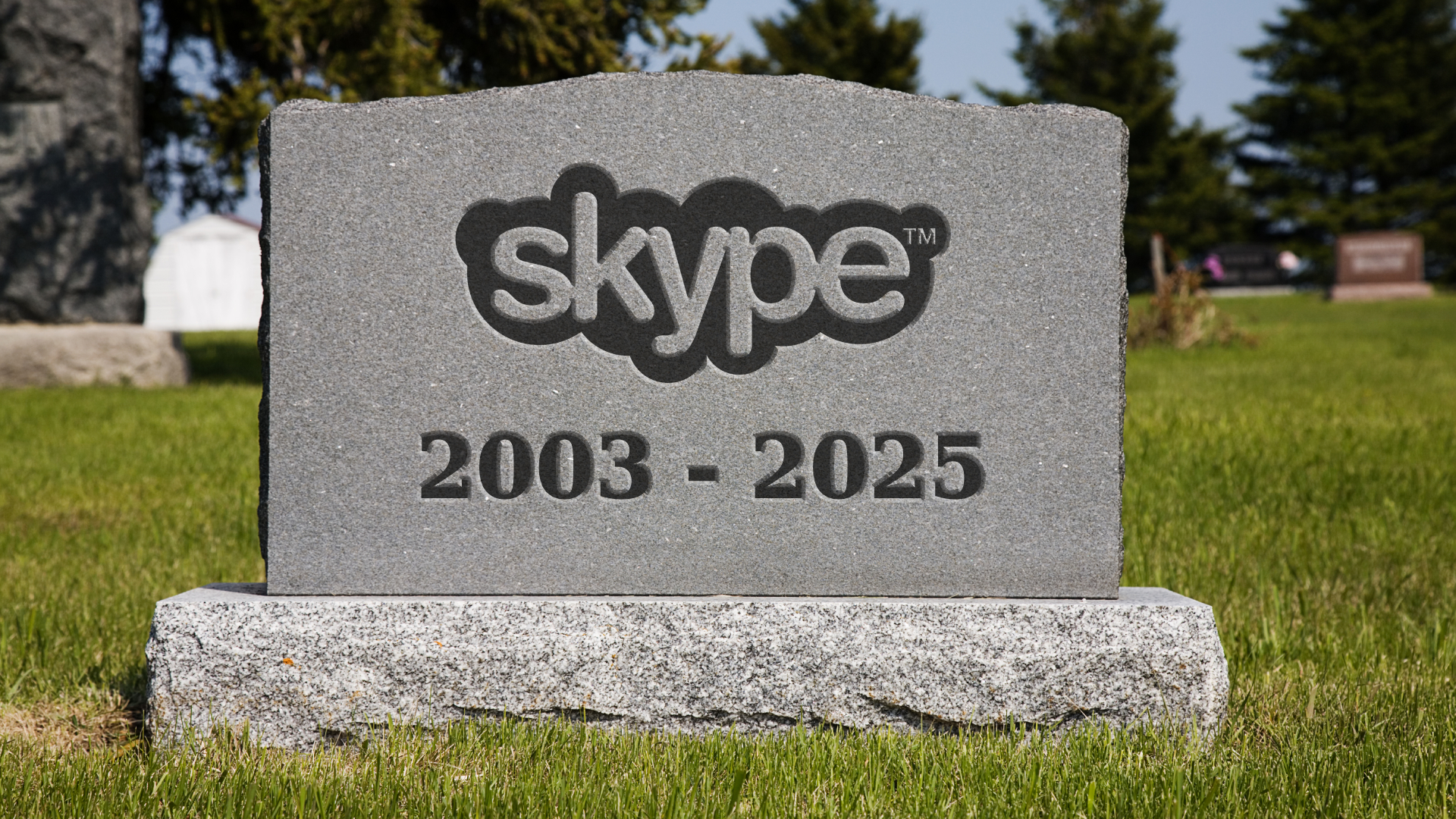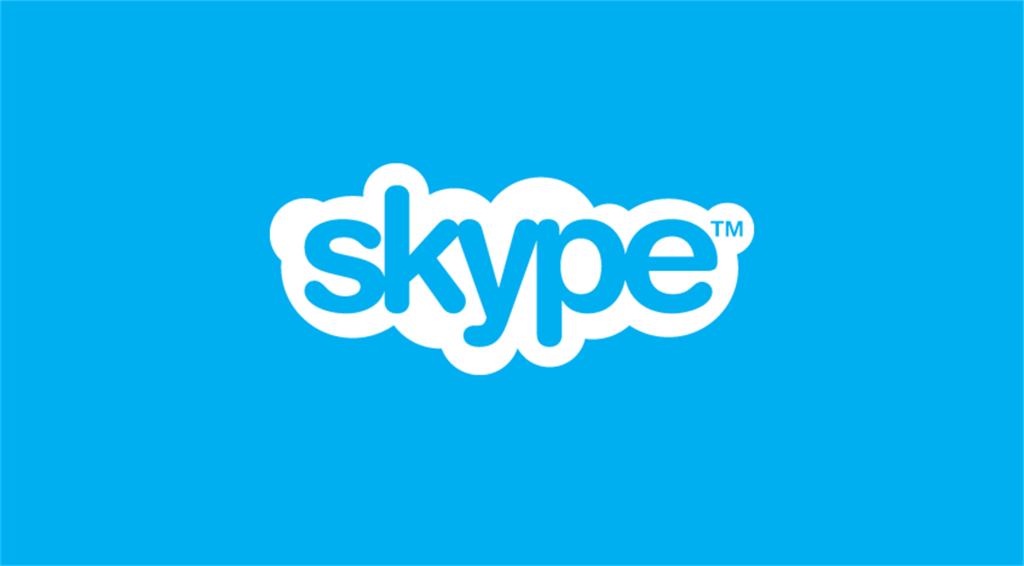
For many of us, Skype was the first app we used for a video call. It helped us connect with friends abroad, interview for jobs, or talk to teammates from around the world. So when it officially shut down in May 5, 2025, a lot of people were left wondering: What happened? Why did Skype shut down after all these years?
The Rise and Fall of Skype

Skype was an app that many of us turned to when we needed to make free calls over the internet. From video calls to voice chats, Skype was the platform that connected millions around the world.
- It allowed users to call, chat, and video conference using just the internet.
- Microsoft acquired it in 2011 for $8.5 billion.
- By 2010, the platform had over 600 million registered users.
- It was available across 190+ countries and translated real-time conversations in 10+ languages.
The Decline of Skype: What Went Wrong?
Skype’s popularity faded in recent years. While it remained a staple for many, it couldn’t compete with the newer, more streamlined platforms. Here’s a closer look at the reasons behind its decline.
Why Did Skype Fall Behind?
- Poor user experience: Many users found the interface outdated and clunky.
- Rising competition: Apps like Zoom, Google Meet, and Microsoft Teams grew faster with innovative features.
- Lack of updates: Skype struggled to keep up with competitors when it came to performance and new features.
When Did Skype Start Losing Its Popularity?
Skype’s troubles became apparent between 2018 and 2023, when it lost significant market share. This happened for several reasons, including:
- Competitors took over: Zoom, Microsoft Teams, and Google Meet rose as dominant tools, especially during the COVID-19 pandemic.
- Decreased user engagement: Microsoft’s decision to focus on Teams, and Skype’s failure to innovate, led to a sharp decline.
The Transition from Skype for Business
For many professionals, Skype for Business was their tool of choice for team collaboration. But in recent years, Microsoft has shifted focus toward Microsoft Teams, leading to the eventual phase-out of Skype for Business.
Why Was Skype for Business Replaced?
Skype for Business was phased out due to its limited functionality compared to Microsoft Teams, which offers a more comprehensive suite of tools for collaboration, chat, video calls, and task management.
Competitors: The Apps That Took Skype’s Place
While Skype may have lost favor, a number of alternatives have emerged as leaders in the communication space. Let’s take a look at some of the most popular ones.
Zoom: A Game Changer for Video Communication
Zoom’s rise during the COVID-19 pandemic was rapid, making it a direct competitor to Skype. The platform quickly became a household name due to its seamless functionality and rapid scaling.
- Why it succeeded: Zoom focused on user-friendly features, such as breakout rooms, high-quality video calls, and reliable connections.
- How it changed the game: At its peak, Zoom had 400 million daily meeting participants by 2024, leaving Skype far behind.
Microsoft Teams: A Seamless Integration for Businesses
Microsoft Teams took over where Skype for Business left off. Now, it’s the go-to platform for many organizations, especially those already using Office 365.
- What it offers: Teams offers chat, file sharing, video conferencing, and integration with the Office suite.
- How it stands out: Unlike Skype, which had a limited focus on just calling and video, Microsoft Teams provides a complete collaboration suite.
Google Meet: A Popular Option for Casual Calls
Google Meet offers a simple solution for video conferencing, especially for users within the Google ecosystem.
- Why it’s a great alternative: Google Meet integrates directly with Gmail and other Google services, making it easy for users to jump into a call with just a few clicks.
- When it works best: For those who need quick meetings or are already using Google Workspace.
How Did Skype Fail to Adapt?
Skype had a lot of opportunities to maintain its dominance, but several factors led to its downfall. Let’s break down how the application struggled to evolve.
1. Overlapping Products within Microsoft
When Microsoft acquired Skype, it also introduced Teams in 2017. Over time, the two platforms started competing with each other, which caused confusion and split focus within the company. Skype was gradually overshadowed by Teams, which had better integration with Microsoft’s ecosystem.
2. Poor Updates and Features
Skype failed to keep pace with its competitors in terms of new features. Apps like Zoom and Teams introduced features like virtual backgrounds, breakout rooms, and better security measures. Skype, on the other hand, became clunky and hard to navigate.
What Can We Learn From Skype’s Shutdown?
So, what can we learn from the rise and fall of Skype? Here are a few takeaways:
- Stay Updated: Platforms need to evolve constantly to meet user needs and adapt to changing technology.
- Focus on User Experience: Users choose platforms that are easy to use and provide great value.
- Integrate Smartly: If you’re offering multiple services, make sure they work together seamlessly (like Teams and Office 365).
You might like: Realme GT 7 Pro – A Bold Flagship for 2025
Final Thoughts: The Future of Online Communication
Skype’s shutdown marks the end of an era, but it’s not the end of video calling. With alternatives like Zoom, Microsoft Teams, and Google Meet, users have many options that are more tailored to modern needs. It may no longer be with us, but its legacy remains a reminder of how rapidly communication technology evolves. Whatever your preferred platform may be, it’s clear that the future of communication is shifting toward more integrated and user-friendly solutions.
What do you think about Skype’s shutdown? Are you using one of its alternatives? Let us know in the comments!











Leave a Reply